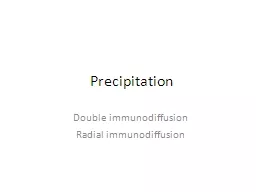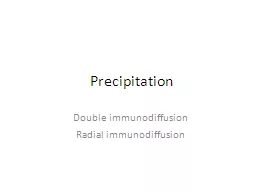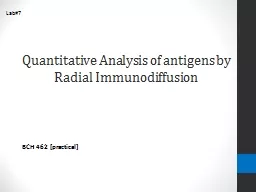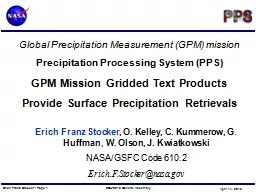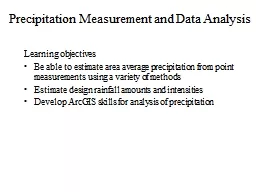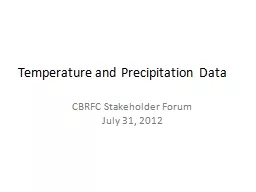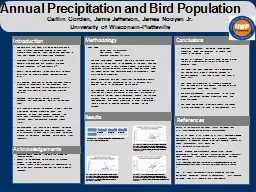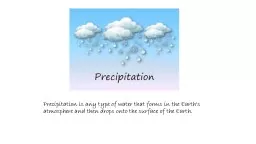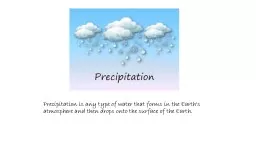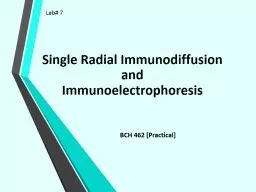PPT-Precipitation Double immunodiffusion
Author : conchita-marotz | Published Date : 2018-02-20
Radial immunodiffusion Precipitation Is a secondary serological test where Ag is soluble not a particulate cell A precipitation line appears at optimal proportions
Presentation Embed Code
Download Presentation
Download Presentation The PPT/PDF document "Precipitation Double immunodiffusion" is the property of its rightful owner. Permission is granted to download and print the materials on this website for personal, non-commercial use only, and to display it on your personal computer provided you do not modify the materials and that you retain all copyright notices contained in the materials. By downloading content from our website, you accept the terms of this agreement.
Precipitation Double immunodiffusion: Transcript
Download Rules Of Document
"Precipitation Double immunodiffusion"The content belongs to its owner. You may download and print it for personal use, without modification, and keep all copyright notices. By downloading, you agree to these terms.
Related Documents

